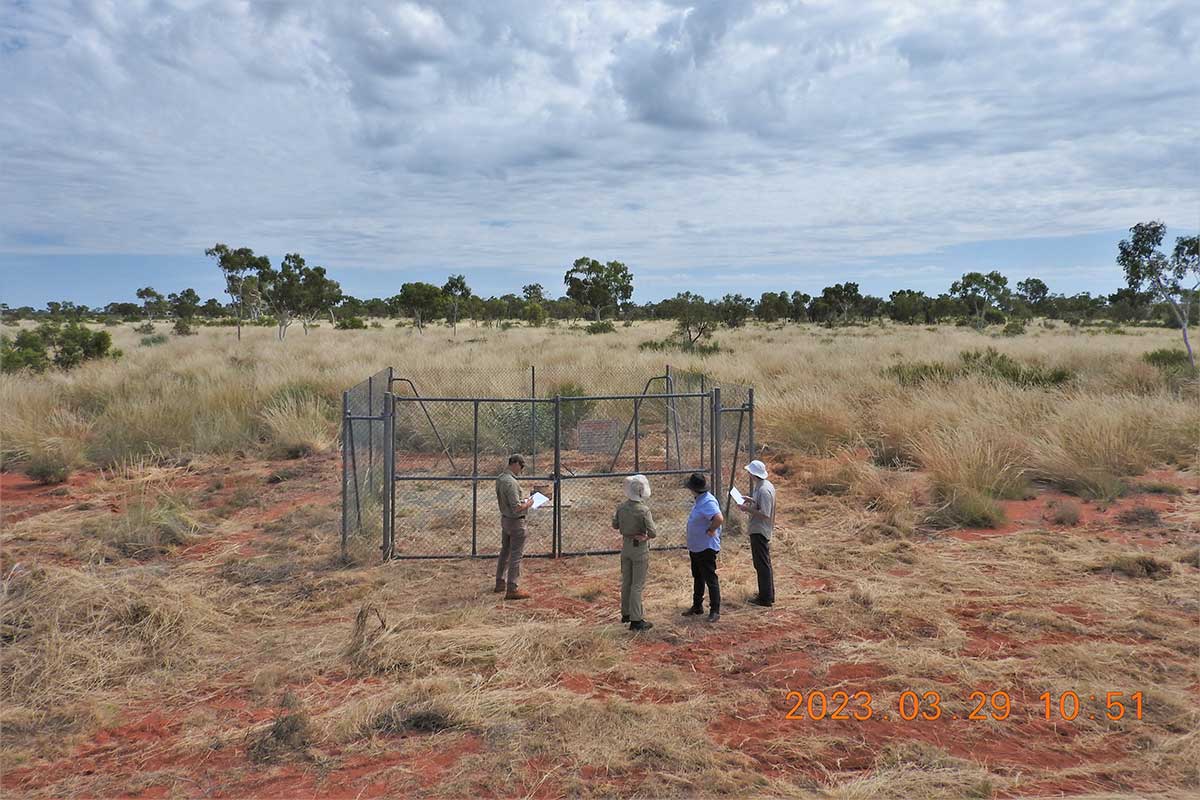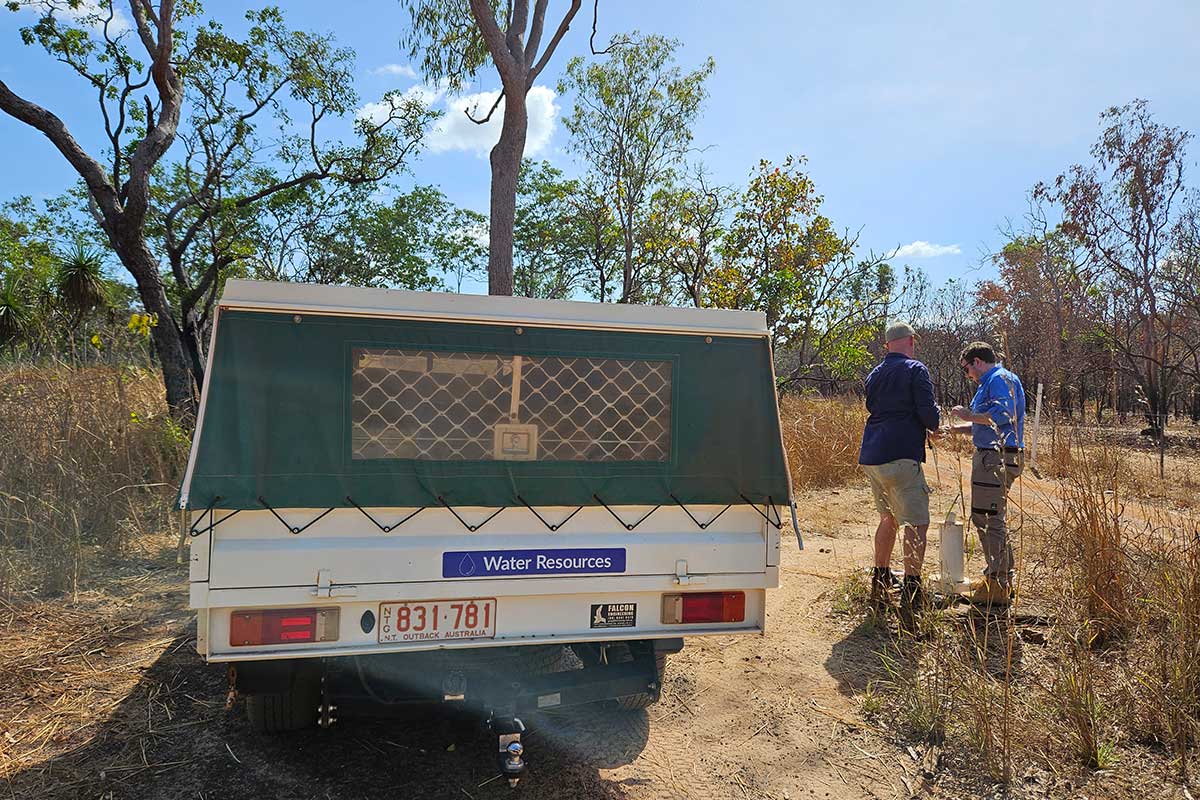Safeguarding Northern Territory's water resources: the 2022-2023 Compliance and Enforcement Report
In the Northern Territory (NT), the responsible management of water resources is an ongoing commitment. The custodian of this valuable asset is the Department of Environment, Parks, and Water Security, particularly its Water Resources Division. In a bid to ensure compliance with the Water Act 1992 and Water Regulations 1992, the department has released its annual report for the fiscal year 2022-2023, providing insights into its compliance and enforcement activities PDF (7.7 MB).
The art of measurement and reporting
Ensuring the responsible use of water resources begins with accurate measurement and reporting. Licence holders received monthly reminders to submit their water usage data via the MyMeter online platform. Over the course of the year, approximately 7,000 email reminders were sent, resulting in 5,080 meter readings. The introduction of quarterly water use audits marked a significant step forward. These audits aimed to identify and rectify long-term non-compliance with reporting conditions. The results were impressive, with compliance levels increasing from 77% in June 2022 to a commendable 94% by March 2023.
Another noteworthy initiative was the 121 site inspections conducted throughout the year. These inspections targeted 20% of water extraction licences, focusing on high-risk sites identified through advanced data tools. By the end of the fiscal year, 92% of licence holders had a meter installed and registered for their licence, highlighting significant progress. However, it was revealed that nearly half of licence holders had one or more extraction points without meters, indicating an area for improvement in the upcoming year.
Registration of bores and bore statements
The registration of bore statements plays a crucial role in understanding the region's aquifers. In the 2022-2023 fiscal year, a total of 644 bore statements were successfully registered. Statements were audited giving us a baseline to improve compliance in the coming year. As a result we will focus on verifying bore construction compliance with the National Minimum Construction Requirements and ensuring compliance with driller licence restrictions.
Protection of waterways
Preserving the integrity of waterways is of paramount importance. In January 2023, a draft Interference with a Waterway Guideline was made available for public consultation. This guideline is set to provide clarity regarding what constitutes a material interference with a waterway once finalised.
The department's rapid response to suspected illegal waterway interferences is commendable. Investigations were initiated within six days of receiving notification, albeit acknowledging the intricacies of such cases that often require specialised technical expertise. The department aims to expedite assessments and regulatory responses in the coming year.
Combating unlawful water extraction
Efforts to combat unlawful water extraction have yielded positive results. Investigations were conducted into 27 licences suspected of exceeding their water entitlements. Notably, 18 inquiries were resolved on the day of identification, primarily due to lawful stock or domestic use. Furthermore, warning letters were issued within 35 days of the water accounting year-end.
The department also conducted 121 site inspections during the year. Significantly, advanced data systems were developed to empower Authorised Officer to identify and target inspection to licence holders approaching their extraction limits. Multiple compliance triggers can now be spatially mapped increasing the efficiency and effectiveness of inspections moving forward.
Recovery of unused licensed water entitlements
The year witnessed the finalisation of water recoveries that had been paused during the COVID-19 pandemic. This resulted in the return of 14,850 megalitres to the consumptive pool in two water allocation plan areas. Three site inspections were conducted to verify water usage and explore the recovery of unused water, with a specific focus on Tindall Limestone Aquifer water users.
Where to next?
The report on compliance and enforcement for 2022-2023 PDF (7.7 MB) underscores a year of dedication, innovation, and substantial progress. These achievements, based on data and best practices, reflect the unwavering commitment to responsible water resource management.
Armed with advanced data tools and increased awareness in the regulated community, New targets have been set for 2023-2024 PDF (219.5 KB) which aim to leverage learnings from 2022-2023, lifting the bar on water compliance in the NT.
Water Resources Division is poised to continue its vital work in preserving the NT's most precious resource: water.


